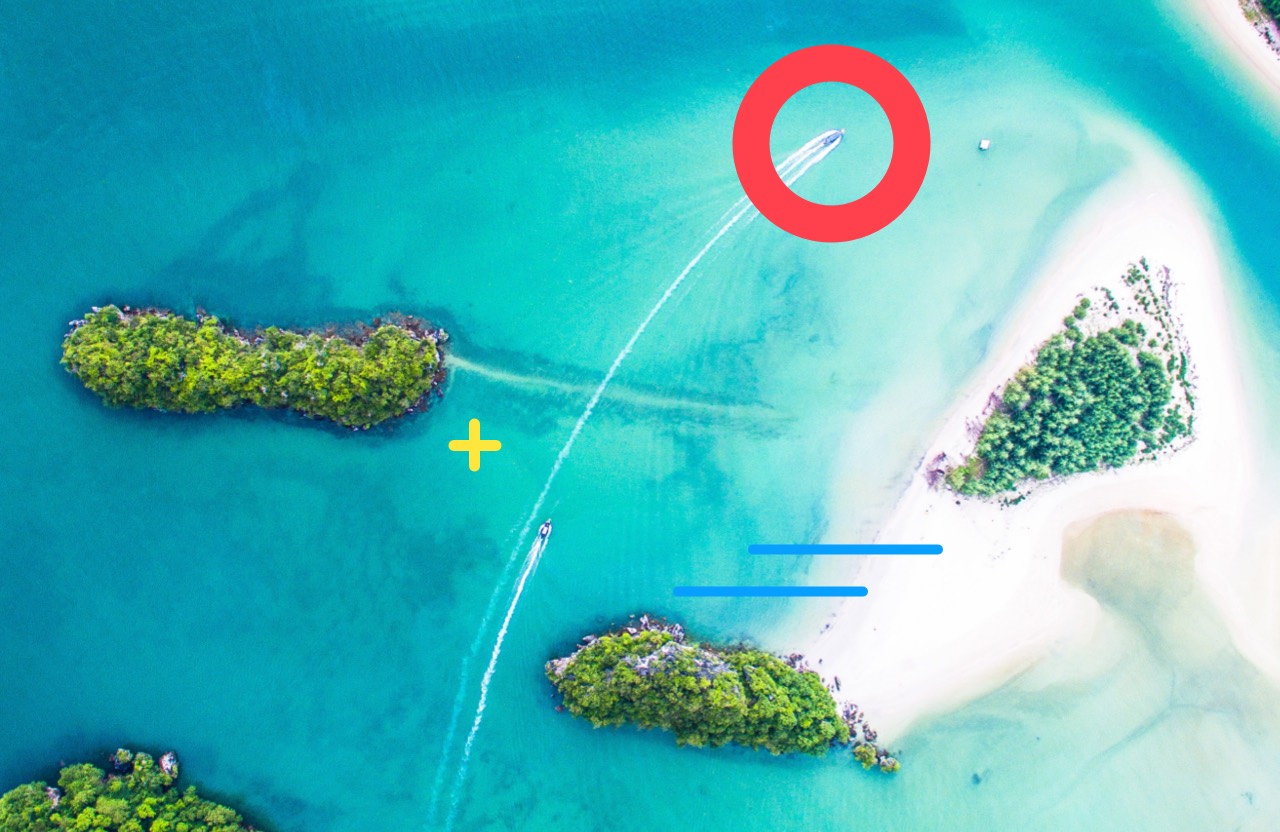What issue can we solve for you?
Type in your prompt above or try one of these suggestions
Suggested Prompt



Travel and Hospitality
How to Build the Right Business Model for Smart Tourism
How to Build the Right Business Model for Smart Tourism
Finding efficiencies across the destination to drive down costs while helping to boost visitor spending is a winning strategy for the long-term
As more destinations seek to create smart tourism experiences , they’ll have to be both environmentally and economically sustainable – one can’t exist without the other to truly be considered smart.
More governments like Saudi Arabia and the UAE are turning to tourism to help diversify their economies as they consider how to balance sustainability with the economic viability of new destinations in development. The goal is to attract high net worth, luxury-focused travelers who increasingly value smart tourism – where automation and sustainable and luxury products combine to offer a human-centric experience – and are willing to spend more to have these types of getaways.
About 44 percent of respondents to a recent Altiant survey of Asia, Europe and North America luxury travelers said they’re willing to spend 10 percent more on travel to visit destinations that are supporting sustainability. In a Virtuoso survey, 82 percent of respondents said the COVID-19 pandemic has made them want to travel more responsibly and 70 percent said sustainability enhances the vacation experience.

But the caveat to this growing desire to have both low-impact and exclusive vacations is that visitation has to be managed and strategically planned. Even with destinations powered by renewable energy and water conservation technology, millions of guests per year would likely negate many sustainability efforts and be harmful to the environment. Barcelona, Venice and Phuket are a few of the most prominent examples of what can happen when visitation is left unchecked and quality of life for local people and animals declines.
That’s why the solution to long-term growth is to use data and technology to 1) get a smaller number of guests to spend more and 2) identify operational efficiencies so that every aspect of experience adds value for each guest. To achieve this, destinations need to create a growth cycle by making these four considerations:
- Smart destinations need to be self-sustaining -- governments can’t subsidize them forever.
- Using data, it’s possible to manage costs while also taking a human-centric approach that can significantly increase returns.
- Ground-up builds have the advantage to build new digital infrastructure – if they’re bold enough.
- The experience can eventually be scaled to other regions and other age groups and segments.
Without a solid business model for smart destination investments to enable sustainability while continuing to grow revenues, governments and sovereign funds risk subsidizing these efforts for an extended period of time which could lead to project failure. Destinations that will be successful will use data that comes from and is processed through technologies such as 5G, AI, edge devices, cloud and a high number of sensors in places like airports, hotels and shops. Ground-up builds such as Saudi Arabia’s Red Sea project designed with these technologies in mind while anticipating future innovations will be even further ahead of competition.
First Step: Capitalize on Operational Efficiencies
Data has to be accessible and utilized by every staff member if guests’ end-to-end experiences will truly be sustainable and personalized, while simultaneously helping drive down costs. Traditionally siloed departments should instead work together using the same core data hub that prevents duplication of work and enables the entire guest experience to seamlessly connect. Doing so can accurately predict work volume requiring human intervention and optimize labor costs. This approach can also be a selling point to guests for why they should visit: staff have more time and capabilities to provide an automated bespoke experience, or one that uses data and AI to ensure a guest’s stay is completely unique, luxuriously personalized and memorable.
Destinations should also identify areas where they can remove humans from processes that don’t add value to the overall experience. This includes using technology to automate labor intensive activities such as sensors that replace manual maintenance checks. And innovations such as smart thermostats in each guest room could save energy while smart roofs could generate solar power and also collect rain water that could be reused in hotels.
Next: Maximize Guest Spending
Simply trying to upsell guests add-ons or upgrades isn’t always the best plan to boost revenues. Instead, destinations must use data to anticipate and fulfill guests’ needs before they even know they have them. How can you reach them before they need something so that when they’re ready to buy, they already know the best option for them?
Data from sensors throughout the destination, guest devices and digital transactions all help indicate consumer behavior and intent and allow destinations to offer the right products and services at the right place and the right time. Albeit, while ground-up builds have advantages by building these sensors into infrastructure from the beginning, older destinations are also stepping up to the challenge.
Dublin, for example, recently hired its first Smart Tourism Manager who’s tasked with using digital technologies and data to create a more sustainable, accessible and equitable destination. One of the position’s priorities is using the city’s open data sets, which include data like pedestrian traffic and noise levels in different neighborhoods, and aggregated, real-time consumer credit card spending data to help local businesses better understand consumer behavior and prevent things like congestion that inhibit sustainability. Although the goal of Dublin’s work isn’t to offer automated bespoke experiences to luxury travelers – at least not yet – it’s an example of how making data accessible could allow destination decision-making and design to be more aligned to luxury customers’ expectations.
Shopping is another area where accessible data is an imperative. The process needs to be centralized and connected to guests’ accounts to keep them within the destinations’ all-in-one information hub. Guests’ time is precious and they don’t want to spend hours shopping and picking up their orders, and by creating an ecommerce engine within the guest hub the destination would know activity schedules and bookings and determine the best time and place to deliver an order. Heathrow Airport, for example, offers a service that lets travelers buy products from terminal shops online and pick-up and pay before their flights. Smart destinations could offer a similar service to show guests that they understand shopping has to be convenient and on their terms.
Scaling the Experience to New Audiences
Ultimately, each destination needs to assess the return on investment for building automation technologies into their infrastructure based on their unique circumstances. But it’s clear that planning ahead, modeling scenarios and understanding the assumptions and limitations of these technologies is a must for any destination serious about attracting this expanding luxury segment.
To make long-term growth possible, new segments must also be brought in once the experience is tested on luxury travelers who can afford automated bespoke hospitality. Think of Formula 1, which was originally an exclusive European event that eventually expanded internationally and now attracts a much broader audience. Altiant’s data also show people under 40 (millennials and Gen Z) are more likely than older travelers to be willing to spend more than 10 percent extra on travel to ensure it’s sustainable (44 percent versus 35 percent, respectively). American Express card data for millennials and Gen Z card holders also show that spending for these groups in 2021 is 125 percent higher than 2019 levels. Having a business model that’s based on a data-driven, human-centric approach will help show digitally native younger travelers that a destination is worth their time and money.
Related Reading
-
![]()
Insight
How Smart Tourism Experiences Are Served by Technology
With bespoke customer experiences baked into existing and emerging infrastructure, the next phase of luxury tourism is here.
-
![woman with mobile phone in front of a city that appears to be digitally connected]()
-
![Illustrated computer chip with a brain]()
Insight
Deploying Smart Machines
Manual tasks are becoming fast and simple. But when it comes to implementation, where should executives begin to maximize impact?










